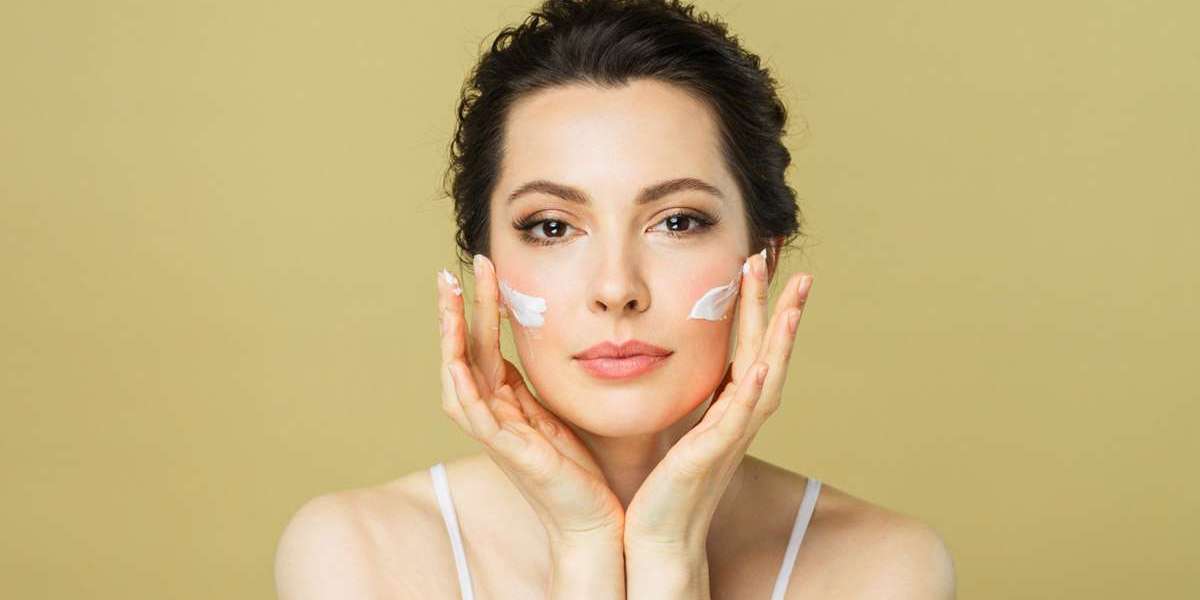Amidst the allure of beauty products, there exists a less glamorous reality – the potential for cosmetics to induce skin disorders. This article delves into the various skin disorders that can arise from cosmetic usage, shedding light on the causative factors, common culprits, and preventive measures.
I. Allergic Contact Dermatitis:
Causative Agents:
- Fragrances, preservatives, and certain dyes commonly trigger allergic reactions leading to contact dermatitis.
- Specific ingredients like formaldehyde, parabens, and nickel have been implicated in sensitization.
Symptoms:
- Pruritus, erythema, and edema are hallmark manifestations.
- Chronic exposure may lead to lichenification and secondary infection.
Prevention:
- Patch testing for allergens can help identify sensitivities.
- Opting for hypoallergenic or fragrance-free products may mitigate the risk.
II. Acne Cosmetica:
Causative Agents:
- Comedogenic ingredients, such as certain oils, waxes, and emollients, contribute to pore blockage.
- Inconsistent makeup removal practices exacerbate the condition.
Symptoms:
- Small, flesh-colored bumps, predominantly on the forehead, cheeks, and chin.
- Blackheads and whiteheads may ensue.
Prevention:
- Choosing non-comedogenic formulations.
- Thorough cleansing routines to prevent product accumulation.
III. Irritant Contact Dermatitis:
Causative Agents:
- Harsh detergents, alcohols, and certain preservatives can elicit irritant reactions.
- Overuse or misuse of exfoliating agents may exacerbate symptoms.
Symptoms:
- Burning sensation, redness, and dryness characterize irritant contact dermatitis.
- Prolonged exposure may lead to fissuring and desquamation.
Prevention:
- Opting for products with gentle formulations.
- Adequate moisturization to maintain skin barrier function.
IV. Photosensitivity:
Causative Agents:
- Certain fragrances, essential oils, and sunscreen ingredients may induce photosensitive reactions.
- Retinoids and alpha-hydroxy acids can heighten sensitivity.
Symptoms:
- Erythematous rash, blistering, and hyperpigmentation upon sun exposure.
- Exacerbation of existing skin conditions, such as melasma.
Prevention:
- Adhering to sun protection measures, including broad-spectrum sunscreen application.
- Limiting use of photosensitizing ingredients during sun exposure.
Etiological Agents:
- Fragrances, preservatives, and specific chromophores precipitate allergic reactions culminating in contact dermatitis.
- Sensitization to agents like formaldehyde, parabens, and nickel is demonstrative of immunological responses.
Clinical Manifestations:
- Pruritus, erythema, and edematous responses typify the allergic contact dermatitic milieu.
- Prolonged exposure may instigate lichenification and secondary infectious sequelae.
Prophylaxis:
- Epicutaneous patch testing to ascertain allergenic propensities.
- Adoption of formulations devoid of allergenic constituents and fragrances as a preemptive measure.
II. Acne Cosmetica:
Etiological Agents:
- Comedogenic elements, including certain lipids, waxes, and emollients, contribute to follicular obstruction.
- Inconsistent removal practices exacerbate the propensity for comedone formation.
Clinical Manifestations:
- Formation of small, flesh-toned papules, predominantly on the fronto-temporal, malar, and mandibular regions.
- Concomitant occurrence of open and closed comedones.
Prophylaxis:
- Selection of non-comedogenic formulations.
- Adherence to meticulous cleansing rituals to preclude product residue accumulation.
III. Irritant Contact Dermatitis:
Etiological Agents:
- Detergents with pronounced surfactant activity, alcohols, and certain preservatives are implicated in eliciting irritant responses.
- Injudicious employment of exfoliating agents exacerbates the condition.
Clinical Manifestations:
- Perception of burning sensation, erythema, and xerosis characteristic of irritant contact dermatitis.
- Chronic exposure may precipitate fissuring and desquamation.
Prophylaxis:
- Selection of formulations characterized by mildness and reduced potential for dermal irritation.
- Rigorous moisturization to fortify the epidermal barrier function.
IV. Photosensitivity:
Etiological Agents:
- Certain fragrances, essential oils, and components within sunscreen formulations are culpable for photosensitive reactions.
- Retinoids and alpha-hydroxy acids potentiate the skin's susceptibility to photosensitivity.
Clinical Manifestations:
- Erythematous rash, vesiculation, and hyperpigmentation precipitated by solar irradiation.
- Exacerbation of pre-existing dermatoses, such as melasma.
Prophylaxis:
- Adherence to stringent photoprotection measures, encompassing the judicious application of broad-spectrum sunscreens.
- Circumspect use of photosensitizing agents during sun exposure.
Conclusion:
Within the cosmetic realm, where aesthetic augmentation converges with dermal health, consumers must be apprised of potential dermatological ramifications. A nuanced comprehension of the etiological underpinnings equips users to make judicious choices, prioritizing dermatological well-being without compromising aesthetic aspirations. The allure of cosmetics should be harmonious with the integumentary health they embellish.
While cosmetics serve as powerful tools for self-expression and enhancement, users must be cognizant of potential risks. Understanding the causative factors behind skin disorders caused by cosmetics empowers consumers to make informed choices, prioritize skin health, and engage in preventive measures. The beauty of cosmetics should not compromise the health of the skin they adorn.



